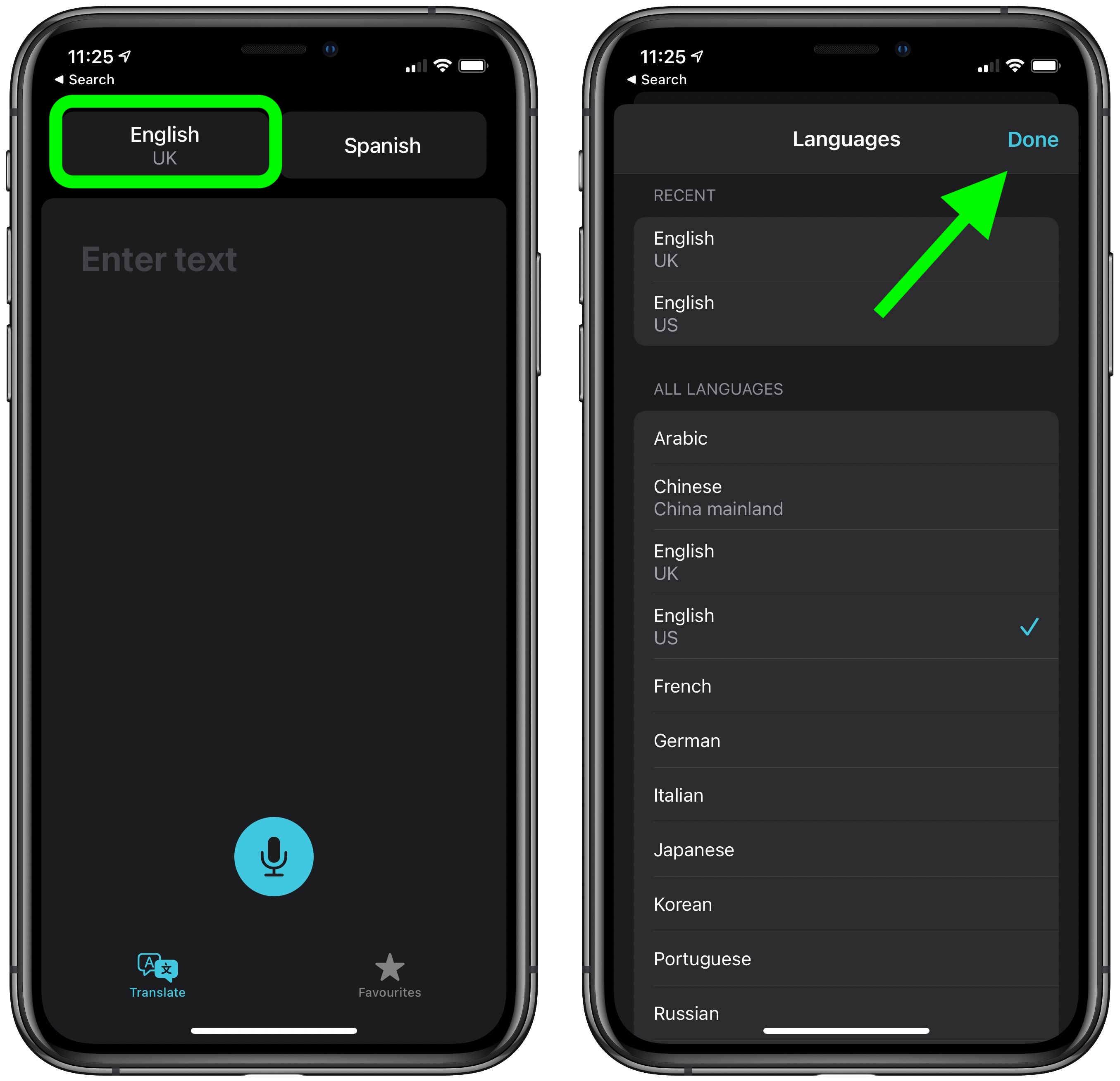

Our suspicion is that Apple will only restore Touch ID to its top-tier phones when it's able to offer it alongside Face ID.

The first is to introduce an under-display fingerprint sensor for Touch ID, as suggested by Ming-Chi Kuo to MacRumors, while the other is for Apple to use the same Touch ID sensor in the power button that it currently deploys in the iPad Air (2020) and new iPad mini (2021).īut is Apple prepared to countenance such an obvious backwards step? Touch ID was dropped from the flagship iPhones as long ago as 2017, with its ongoing confinement to more budget-focused models an implicit assertion that face recognition is better than fingerprint. This can be done in one of two ways, both of which have been heavily rumored for some time now. One way for Apple to make it easier to remove the notch would be to reinstate Touch ID on the next iPhone. It's likely to prove a key element in the device's reception as a triumph or a stale retread of past glories. The debate continues: we investigate whether the iPhone 14 will have a notch in depth in a separate article. And in January the reliable reporter Mark Gurman concurred that it's going to be punch-hole time, baby.

The site based this assertion on anonymous sources. In December 2021 South Korean news site The Elec returned to the original prediction that the notch would vanish in 2022, replaced entirely by a pinhole. Here's how Front Page Tech sees the iPhone 14:īut other sources continue to argue for the single aperture. That punch-hole design, incidentally, was the subject of a controversial leak in September 2021, when Jon Prosser chose to reveal the design of 2022's iPhone just days before the announcement of the 2021 model.
#WHY DID I GET AN APPLE EMAIL IN SOME ASIAN LANGUAGE PRO#
But it could vanish completely in 2022, or at least transform into a new and more discreet form.Īccording to Ming-Chi Kuo, the iPhone 14 Pro will feature a punch-hole display design instead. The iPhone 13 range saw a small decrease in the size of the infamous notch on the front display. But not everyone will be glad to see the back of the mini, as we explain in Why we mourn the iPhone mini. The iPhone 12 mini and 13 mini are understood to have sold badly, and the move is understandable. Knowledgable Bloomberg report Mark Gurman supports this theory, adding that Apple will have to get more dramatic with 's overhaul, especially as competition mounts. Leaked images of case molds–used to properly size iPhone cases–illustrate these long-rumored size changes.


 0 kommentar(er)
0 kommentar(er)
